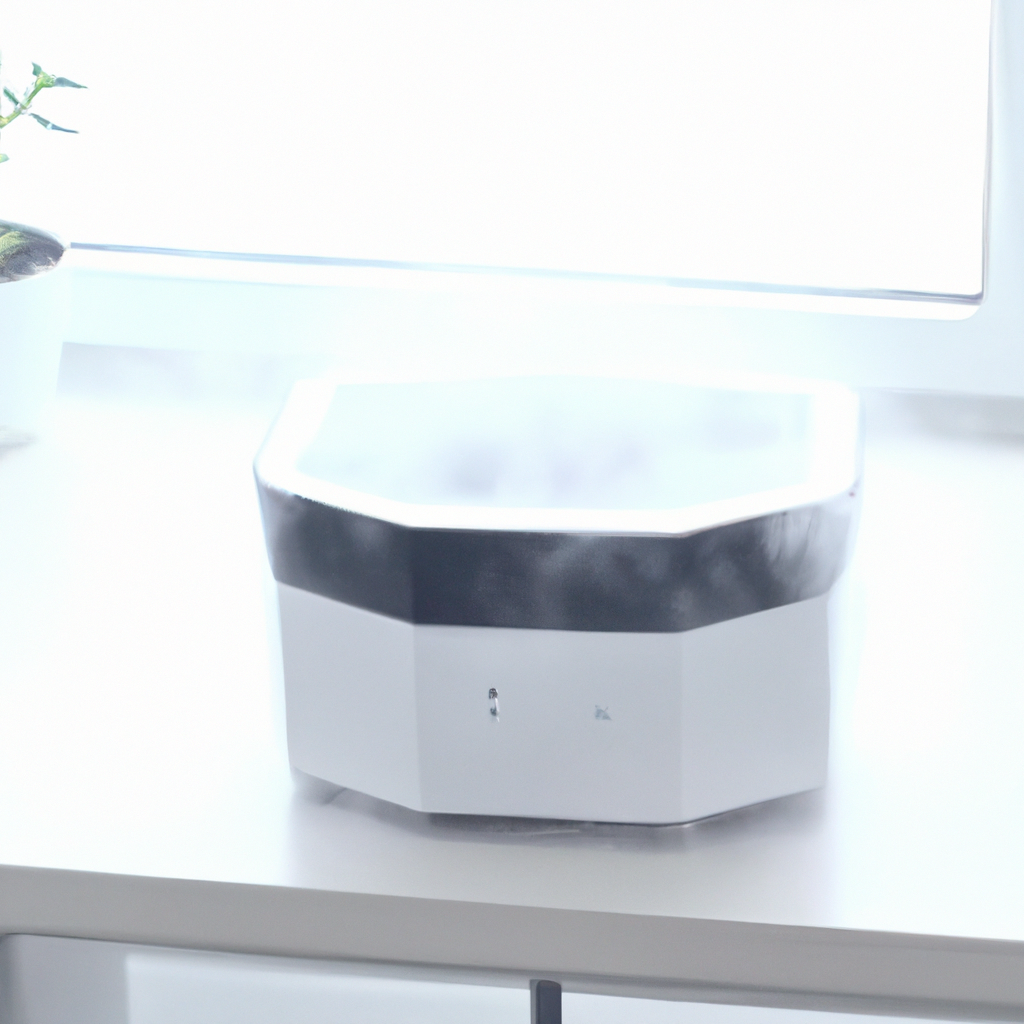Have you ever wondered how a dehumidifier works? If you live in a humid climate or have experienced dampness in your home, you may have considered investing in one. A dehumidifier can help improve indoor air quality and reduce moisture-related issues such as mold and mildew growth. In this article, we will explore how a dehumidifier works and how it can benefit you and your home.
What is a Dehumidifier?

A dehumidifier is an electrical appliance that helps control the humidity level in a room or building. It works by removing excess moisture from the air, which can cause dampness and mold growth. Dehumidifiers are commonly used in basements, crawl spaces, bathrooms, and other areas that are prone to moisture issues.
How Does a Dehumidifier Work?
Dehumidifiers work by pulling in humid air, removing the moisture, and then releasing dry air back into the room. The process involves several key components:
- Compressor: The compressor is the heart of the dehumidifier. It works by compressing refrigerant gas, which causes it to heat up and turn into a high-pressure vapor.
- Condenser: The hot vapor then moves to the condenser, where it releases the heat and condenses back into a liquid.
- Evaporator: The liquid refrigerant then moves to the evaporator, where it expands and turns back into a gas. This process causes the evaporator coils to become cold.
- Fan: As the warm, moist air is pulled into the dehumidifier, it passes over the cold evaporator coils. The moisture in the air condenses onto the coils, where it drips down into a collection tray or bucket. The dry air is then released back into the room through a fan.
Humidity Control and Indoor Air Quality
Controlling humidity levels is essential for maintaining good indoor air quality. High humidity can lead to mold growth, which can cause respiratory issues and other health problems. A dehumidifier can help reduce the risk of mold and improve indoor air quality by removing excess moisture from the air.
Moisture Removal
Dehumidifiers can remove a significant amount of moisture from the air, depending on the size and capacity of the unit. A typical residential dehumidifier can remove anywhere from 30 to 70 pints of moisture per day. This can help prevent mold growth and reduce dampness in your home.
Air Conditioning and Dampness Reduction
While air conditioning can help reduce humidity levels, it is not always the most efficient solution. A dehumidifier can work in conjunction with your air conditioning system to help reduce dampness and improve indoor air quality. Using a dehumidifier in addition to your air conditioning can also help reduce energy costs, as it allows your AC unit to work more efficiently.
Conclusion
In summary, a dehumidifier is an essential appliance for controlling humidity levels and improving indoor air quality. It works by removing excess moisture from the air, which can cause dampness and mold growth. By understanding how a dehumidifier works and its benefits, you can make an informed decision about whether to invest in one for your home. Remember to choose a dehumidifier that is appropriately sized for your space and has the features you need to achieve your desired level of moisture control.






